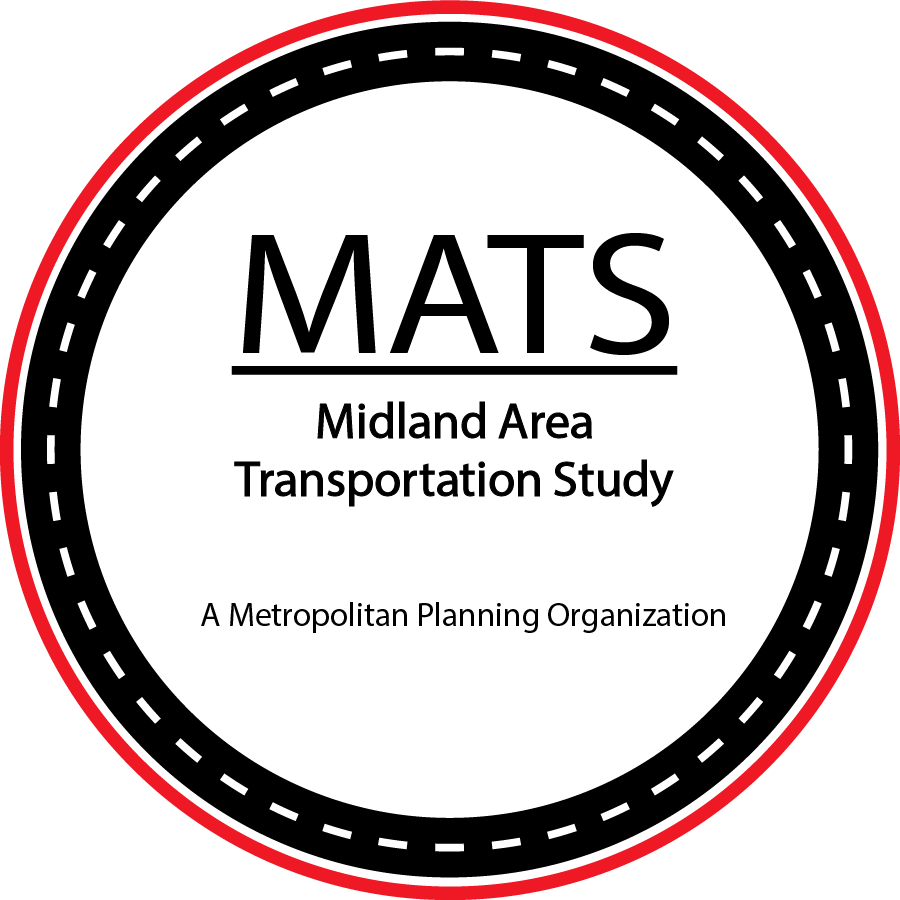Our Long-Term Vision
“A transportation system which promotes the region’s attractiveness to live, work, and visit.”
In order to fulfill that vision, we use goals that emerged from our long-range planning process. These broad, primary themes are oriented towards promoting an integrated multi-modal transportation system that addresses the needs of all users.
Objectives were then developed for each goal to achieve measurable progress of the plan over time. This process allows for the analysis of future development scenarios which focus on enhancing the transportation network by improving integration, connectivity, and efficiency.
MATS’ goals and objectives are arranged into seven areas which correspond to the recommended federal planning factors. The goals and objectives are achieved both directly and indirectly through MATS’ various activities; primary objectives have been listed in bold to simplify and better relate to the work efforts presented subsequently.
-
• Support transportation infrastructure improvements for all modes
• Promote system continuity across the region
• Increase access to the transportation system for people with special needs, undeserved or disadvantaged
• Increase access to specialized services like health care facilities
-
• Strive towards zero transportation related deaths and injuries
• Incorporate systemic approaches into safety planning
• Reduce conflicts between modes to minimize accidents
• Enhance the safety of non-motorized users
• Increase security through better emergency response practices and handling of hazardous materials
-
• Promote an integrated system with efficient connections between modes
• Implement the Complete Streets Program; promoting transit and non-motorized travel options
• Encourage the integration of land use and transportation during the planning process
• Develop transportation projects in coordination with local plans
-
• Encourage land development patterns that promote transportation efficiency
• Relieve traffic congestion and minimize travel times
• Enhance capacity and operations of existing facilities
-
• Encourage efficient preservation of the existing transportation system
• Encourage multi-agency and public-private partnerships in transportation improvements and maintenance
• Support new technologies optimizing the use of the existing system
-
• Reduce air, water, light and noise pollutant emissions
• Encourage public and non-motorized transportation as well as ride-sharing
• Preserve natural and cultural qualities of the region
-
• Promote cost effective transportation improvements that maximize long-term benefit
• Improve access to employment and retail centers; enhance movement of freight
• Promote investments in the transportation system (including private sector)
The result is an overall Long Range strategy that focuses on 4 key factors; Preservation, Maintenance, Safety, and Livability.
Maja Bolanowska
Director


